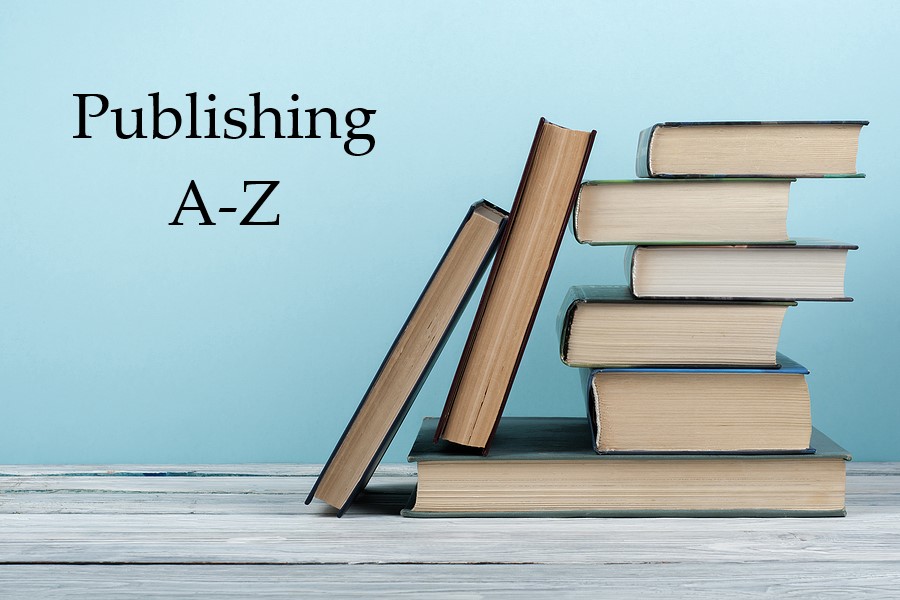When I first began writing for publication, back when Gutenberg was a pup, publishing a book was the goal, the prize, the pinnacle of success.
Nowadays, though, with the Internet and blogs and print-on-demand and Amazon, anyone can publish a book. And pretty much anyone does. Just browse a bit, you’ll see what I mean. Sheesh.
If your definition of success is simply to publish a book, you’re at least twenty years behind the times. And, at the risk of being fired from my position as a big, fancy, important literary agent, I suggest you might be setting the bar far too low.
I ask you to consider a different “pinnacle”—especially for a Christian—and that is to be read, to be heard, to have an influence.
Isn’t that the goal, anyway? After all, we don’t write just for our own vanity. We’re not writing just to be published, to have our bylines in a magazine or see our names on books.
We write—right?—to be read. We communicate to have influence, to touch lives.
That definition can and should change some things.
Because if your goal is to make an impact, then your book may be a book. But maybe not.
Bear with me. Don’t throw stones yet.
If you’re writing for impact and influence, there are other ways to touch the lives of readers and develop and build an audience.
That’s why I suggest that you broaden your thinking. Instead of always or only thinking “book,” think “delivery system.”
I once met with a gifted spoken-word poet at a writers conference. He was struggling with how to put his spoken-word presentations into a book. I suggested instead of thinking “book,” that he think “delivery system.” Such as a YouTube channel. His eyes lit up. He’d never thought of that. But it quickly seemed to both of us a much more suitable delivery system for his gifts and message.
So, sure, as a writer, you may want to draft a book proposal to send to an agent or editor; a book may be just the right vehicle, the right delivery system, for your words.
But maybe not.
It might be a book. It might be a blog. Or “tweets” (Xes?). It might be an email newsletter, a website like ChristianDevotions.us, or letters to the editor of your newspaper. It might be personal notes to military service members. Or seminars, podcast episodes, or online coaching sessions. Or screenplay or teleplay. Or downloadable Bible studies. Or something else entirely.
Books are still—and will continue to be—a great delivery vehicle for ministry and message; and other delivery vehicles may complement a book, or vice versa. But in the twenty-first century, there are other and, in some cases, better ways to get a message across.
So, let’s hear from you. Have you discovered or developed a delivery vehicle other than (or in addition to) books?











